Change is hard at first, messy in the middle, but gorgeous at the end.
If you are reading this, you might be planning for a big transition.
Moving an office is not just about shifting desks and computers; it’s an opportunity to reimagine your workspace.
But let's face it—planning an office relocation can be extremely stressful.
Did you know that approximately 35% of businesses in the U.S. experience delays during office moves due to inadequate planning?
Moreover, without a structured approach, the average office move costs 30% more than budgeted.
These figures highlight why careful planning and a solid strategy are crucial to managing an office relocation successfully.
So, how do you avoid these pitfalls and ensure a smooth transition?
It’s all about preparation.
And with about 4.4 million businesses operating in commercial spaces in the U.S., the need for an efficient office move has never been more relevant.
Let’s discuss every aspect of How to Plan for an Office Move.
The Importance of Planning Ahead
An office relocation is not just about moving furniture and equipment.
It’s a strategic opportunity to reassess your workspace and boost employee satisfaction.
Research shows that well-executed office moves can increase productivity by up to 20%.
But to achieve this, you need to start planning early—ideally six months to a year before your move.
Create a Detailed Office Move Plan
The first step in any office relocation is developing a detailed plan.
This plan should include:
Budgeting: Properly outline the costs associated with the move.
It includes moving services, IT setup, new furniture, and lease penalties.
Timeline: Set up a timeline for important tasks like hiring movers, notifying stakeholders, and packing.
Businesses should start preparing about 6-12 months before the moving date.
Project Team: Designate a project manager or a team responsible for overseeing the move.
Assign specific roles to look for accountability and efficient management throughout the process.
Select the Right Office Space
Choosing the right location is compulsory.
Look into the factors like access to public transport, local amenities, and space needs that align with your company’s growth projections.
You can conduct a proper survey of your employees to ask their preferences.
Budget for Your Office Relocation
On average, businesses in the U.S. spend about $12 per square foot on office moves.
Costs can be differentiated based on location and service requirements.
A rough breakdown has these categories such as:
Moving company fees
IT and telecommunication setup
New furniture and equipment
Lease penalties and cleaning services for the old space
Always gather quotes from at least three different commercial moving companies. To avoid unexpected expenses.
Communicate with Employees and Stakeholders
Effective communication is a game-changer.
Notify your employees and stakeholders (e.g., clients and vendors) well in advance.
Start with an email announcement about the move, followed by regular updates as the moving date approaches.
It’s essential to involve employees early on to get their feedback.
Downsize and Inventory Management
Moving is an excellent opportunity to declutter.
Encourage employees to get rid of unused or outdated items.
This reduces moving costs and eases the moving process.
Make an inventory of all items being moved and ensure everything is labeled correctly for easy setup at the new location.
Hire the Right Moving Company
A professional moving company is invaluable.
Look for companies that specialize in commercial moves.
Always check their reviews, insurance coverage, and experience with similar relocations.
Make sure they provide a detailed plan and insurance for your items, as this protects you against potential damages.
Plan for IT Relocation
IT and telecommunications setup are critical components of any office relocation.
Always check all data is backed up securely before the move and plan for the relocation of servers, computers, and other equipment.
Test network and IT infrastructure, before employees arrive, can help you prevent downtime and productivity loss.
Set Up the New Office Space
Once you have moved everything, now it’s time to set up the office space.
Furniture Assembly: Set up desks and common areas first to provide a functional space.
IT and Connectivity: Test internet connections, conference room equipment, and any other essential technology.
Security Systems: Check access control, surveillance systems, and alarms are functioning correctly.
Post-Move Tips and Employee Engagement
After the move, conduct a post-move evaluation to assess the process and identify areas for improvement.
Host a welcome event or team meeting to orient employees to the new space.
This helps them settle in and boosts morale.
How much will it cost to move an office?
When planning an office relocation, one of the most common questions is, "How much will it cost?"
The total cost of an office relocation can depend on several factors, such as the size of your office, the distance of the move, the amount of furniture and equipment you need to transport, and whether you're hiring professional movers.
In the U.S., the average cost of an office move for small businesses ranges from $5,000 to $30,000, and for larger companies, the costs can reach $50,000 or more.
Let's break down all the associated costs so you know what to expect and can budget accordingly
Moving Company Fees
Hiring a professional moving company is the biggest expense in an office move.
It’s wise to get at least three quotes from different commercial moving companies to find the best fit for your budget.
| Service | Estimated Cost |
|---|---|
| Moving company fee (local) | $1,200 - $10,000 |
| Moving company fee (long-distance) | $3,000 - $20,000+ |
| Specialty services (e.g., disassembly/reassembly of furniture) | $150 - $500 per hour per mover |
Packing and Unpacking Services
If you choose to use professional packing services, the costs will depend on the amount and type of items being packed.
Full-service packing can add significant expense, but it may be worth it to minimize disruption.
On average, businesses spend between $300 to $1,500 for packing and unpacking services.
| Packing Service Type | Estimated Cost |
|---|---|
| Basic packing (office supplies, files) | $300 - $800 |
| Full-service packing (including IT equipment and furniture) | $1,000 - $1,500+ |
| Unpacking services | $200 - $500 |
IT Relocation and Setup
Relocating your IT infrastructure is another crucial and potentially costly part of an office move.
This includes dismantling and re-installing servers, computers, networking equipment, and other technological infrastructure.
| IT Services | Estimated Cost |
|---|---|
| Server relocation | $2,000 - $5,000 |
| Computer setup and networking | $1,000 - $3,000 |
| Internet and telecom installation | $300 - $800 |
Tip: Backup all critical data before the move to prevent any data loss during transportation.
Furniture and Equipment Costs
| Furniture and Equipment | Estimated Cost |
|---|---|
| Disassembly/reassembly services | $100 - $300 per item |
| New furniture purchase | $200 - $2,000 per item |
| Specialized equipment moving (e.g., medical or lab equipment) | $500 - $5,000 per item |
Pro Tip: If you’re on a budget, sell old furniture or donate it to a local charity.
Lease Termination and Restoration Costs
When moving out of your current office space, you need to restore it to its original condition.
| Lease-Related Costs | Estimated Cost |
|---|---|
| Lease termination fees | Variable (check your lease) |
| Office restoration (painting, repairs) | $1,000 - $5,000 |
| Cleaning services for old space | $500 - $2,000 |
Miscellaneous Costs
There are several additional costs that might not be immediately obvious but can add up.
| Administrative Costs | Estimated Cost |
|---|---|
| Printing new materials (business cards, brochures) | $300 - $1,000 |
| Permit fees | $100 - $500 per permit |
| Temporary storage rental | $150 - $300 per month |
Employee-Related Expenses
Don’t forget about costs related to your employees during the move.
| Employee Expenses | Estimated Cost |
|---|---|
| Relocation stipends | $50 - $200 per employee |
| Temporary workspace rental | $500 - $2,000 per month |
| Welcome kits or events | $10 - $50 per employee |
Total Cost
Here's a consolidated overview of the expected expenses.
| Cost Category | Estimated Range |
|---|---|
| Packing and unpacking services | $300 - $1,500+ |
| IT relocation and setup | $2,000 - $7,000 |
| Furniture and equipment | $500 - $10,000+ |
| Lease termination/restoration | $1,000 - $5,000+ |
| Administrative and miscellaneous | $500 - $2,500+ |
| Employee-related expenses | $500 - $5,000+ |
Office Moving Checklist and Timeline
A checklist and timeline are your best friends when planning an office relocation.
Here’s how you can organize your office move efficiently:
6-12 Months Before the Move - Start the Planning Phase
Starting early is key.
Statistics show that businesses that begin planning their move at least six months in advance are 50% more likely to stay on schedule and within budget.
Establish a Budget: Determine your budget by considering moving costs, IT setup, new furniture, and any lease-related expenses.
Appoint a Project Manager: Assign a dedicated project manager or a small team to oversee the entire move.
Review Current Lease Terms: Check your lease agreement for penalties or obligations like restoration.
Search for the New Office Space: Work with a real estate agent to find a space that meets your needs and get employee feedback.
3-6 Months Before the Move - Preparation and Coordination
Roughly 30% of office moves face delays due to poor preparation at this stage, so attention to detail is compulsory.
Finalize the New Location: Secure your new office space, sign the lease, and make any necessary changes.
Hire a Moving Company: Get at least three quotes and choose a moving company that specializes in commercial moves.
Create a Moving Plan: Your plan should include when to start packing when to disconnect utilities, and when to set up IT infrastructure in the new office.
Communicate with Employees: Announce the move, share the timeline, and gather feedback.
1-3 Months Before the Move - Packing and Logistics
You should have everything lined up by now, and it's time to start executing your plan.
Notify Stakeholders and Update Address: Notify clients, vendors, and service providers of your move and update your business address.
Order Packing Supplies: Start gathering boxes, packing tape, labels, and bubble wrap.
Begin Packing Non-Essential Items: Have your employees start packing things like documents, books, and supplies that aren’t immediately needed.
IT Preparations: Coordinate with your IT team to back up data, disassemble servers, and pack equipment safely.
2-4 Weeks Before the Move - Final Preparations
With the move date closing in, you now need to finalize everything and check that everything is in order.
Confirm Details with the Moving Company: Double-check timing and logistics and ensure everyone is on the same page.
Update Internal and External Contacts: Check all your business materials, such as business cards, email signatures, and directories.
Moving Day - Execution
Finally, It’s time to execute your plan!
Supervise the Move: Have the project manager and team leaders supervise the moving process.
Walkthrough of the Old Office: Do a final walkthrough of the old office to make sure nothing is left behind.
Unpack and Set Up: Focus first on setting up desks, common areas, and IT infrastructure.
Test all systems (internet, phones, security systems) to ensure they function properly.





























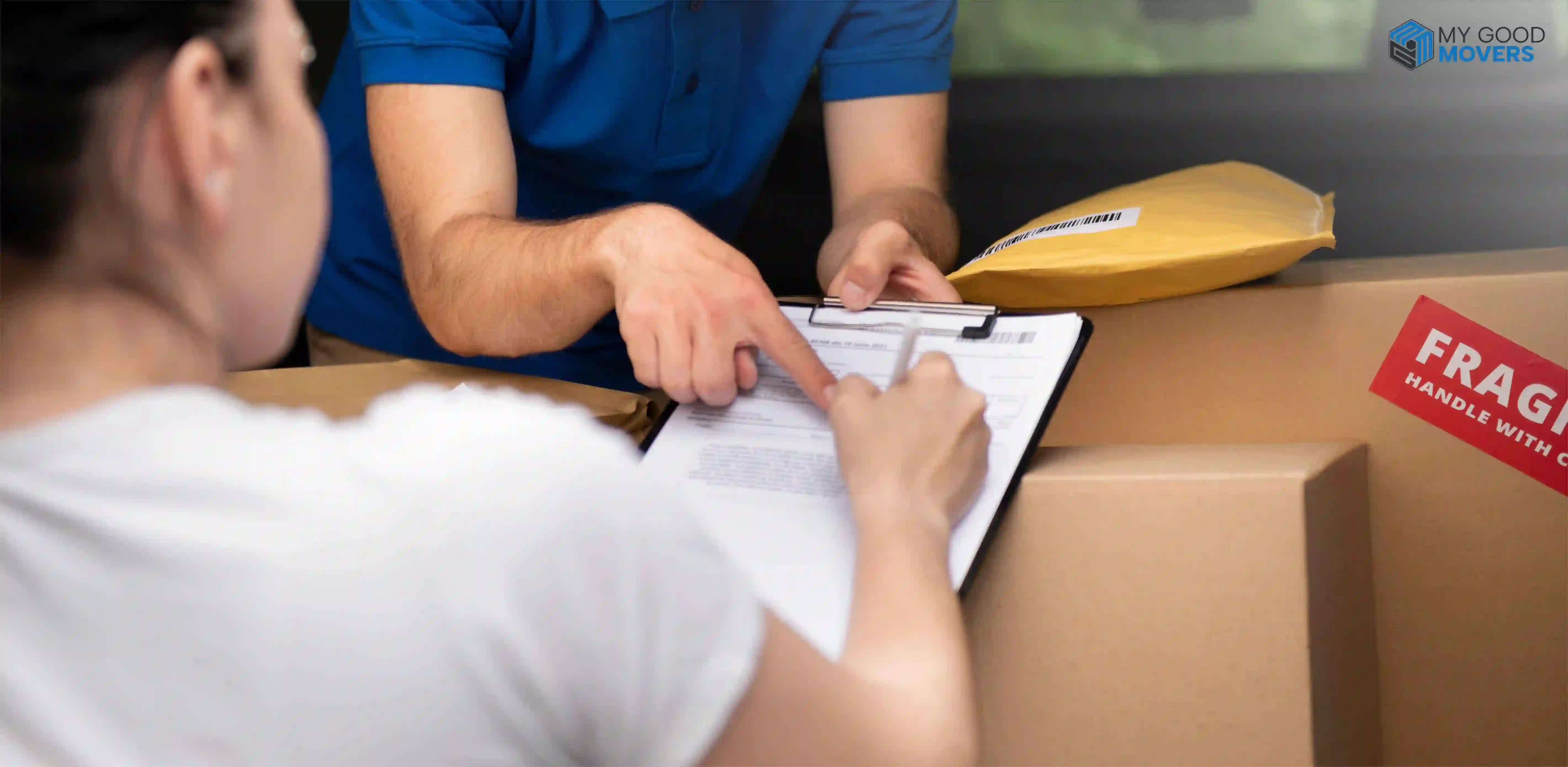


























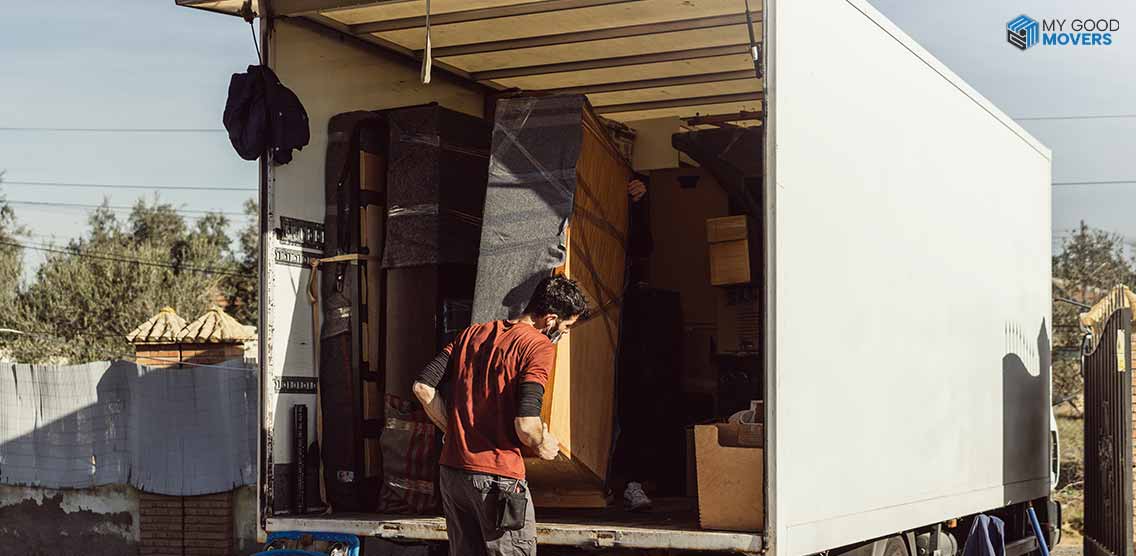









































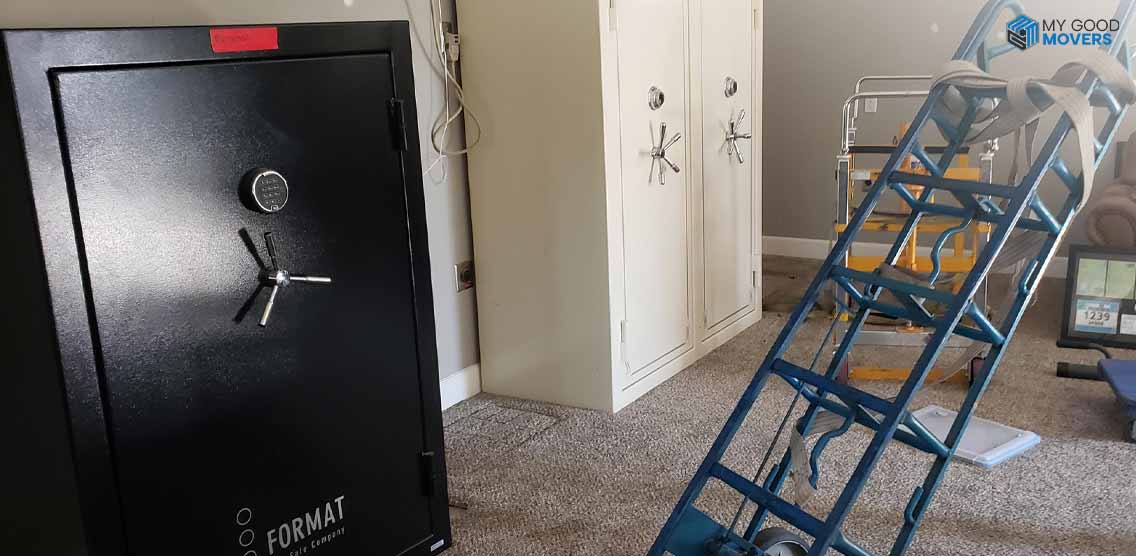











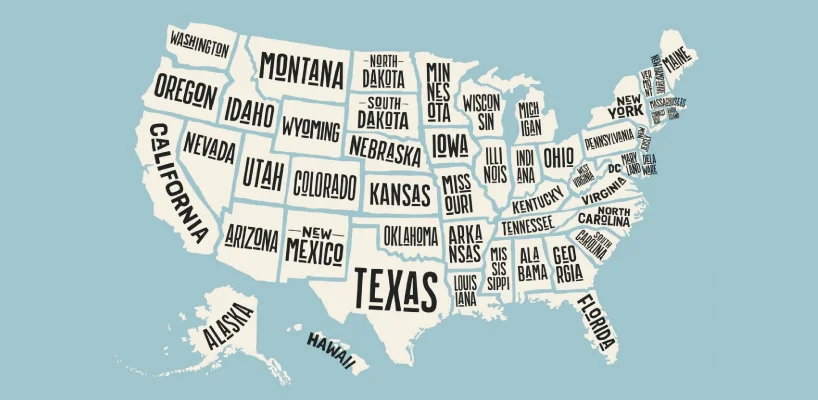






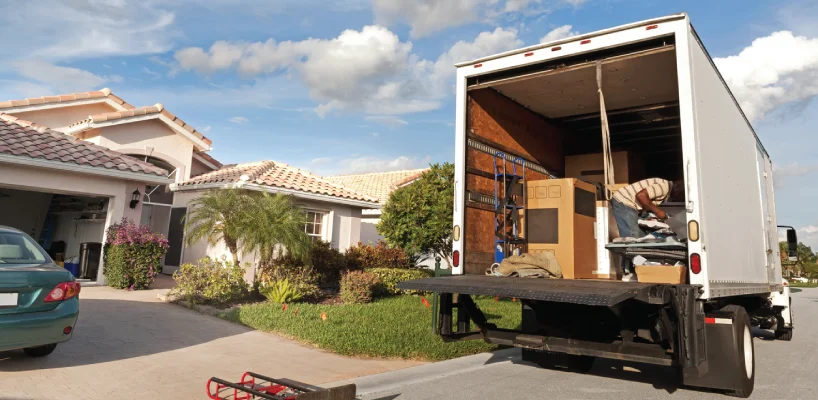






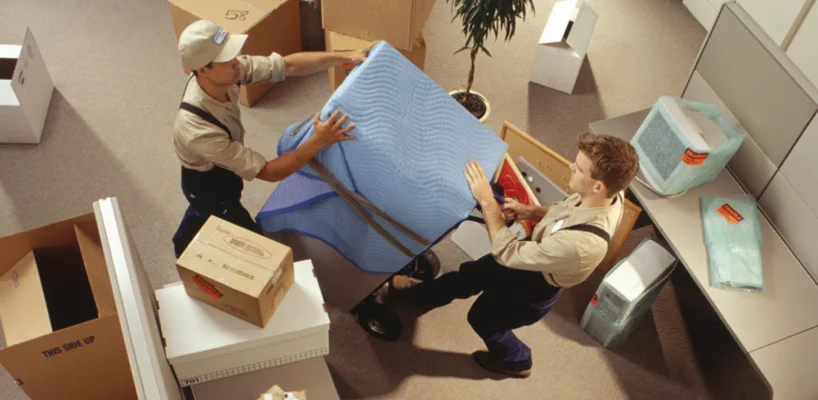


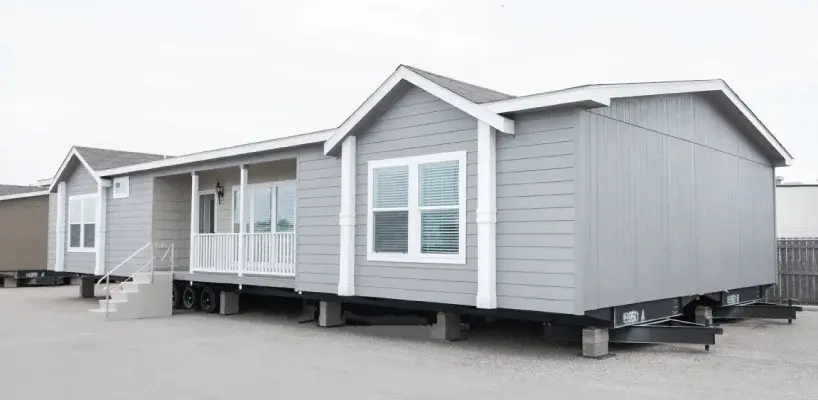


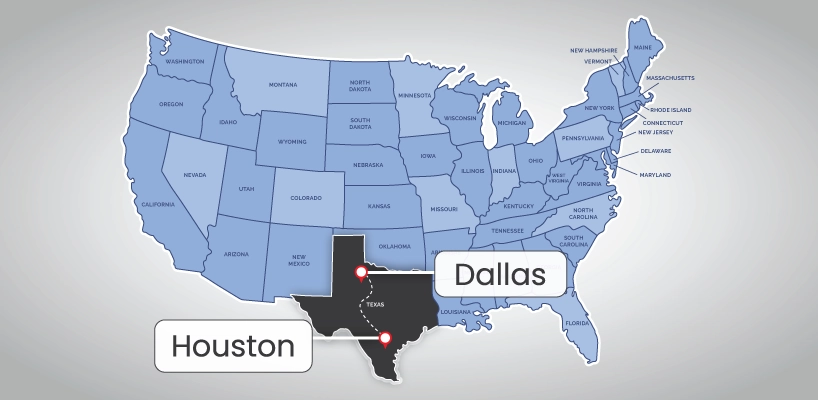


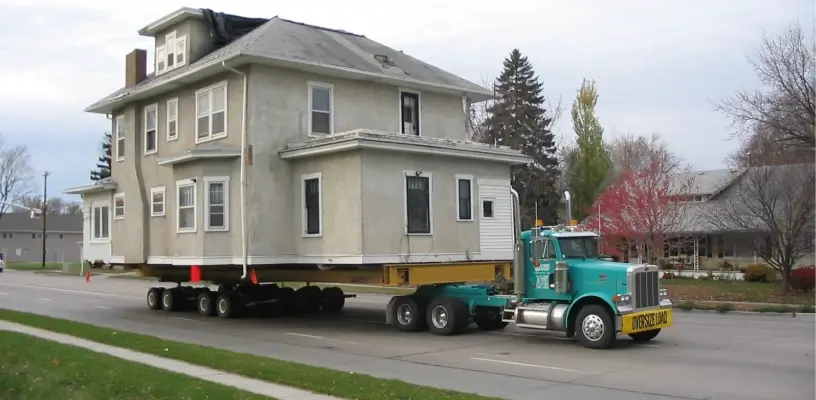







 (239) 799–6077
(239) 799–6077